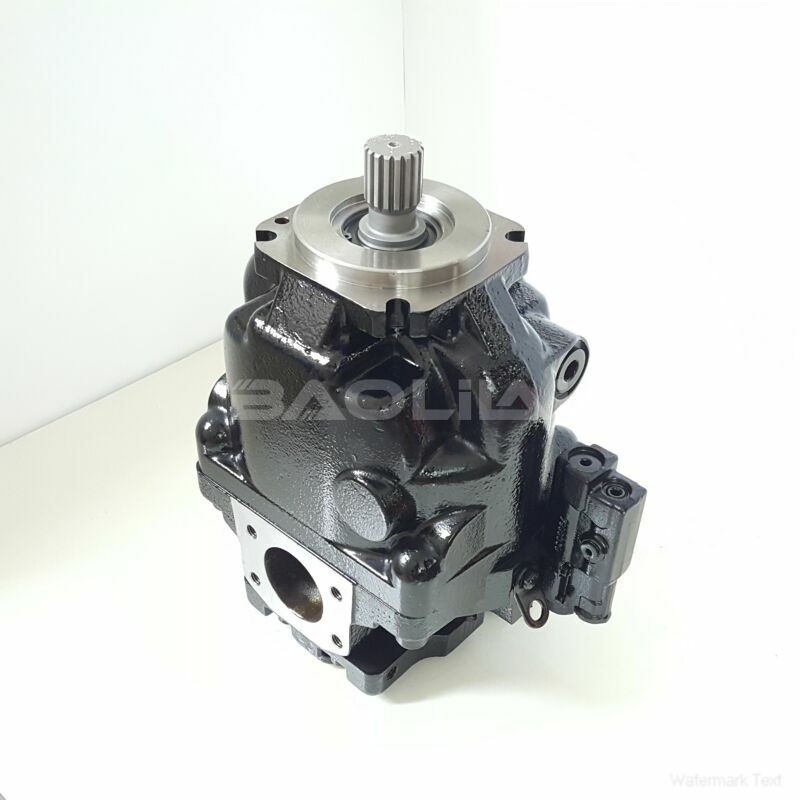ERR100BPC25NNNNN3S1BPA1NAAANNNNNN hydraulic pump
ERR100BPC25NNNNN3S1BPA1NAAANNNNNN hydraulic pump

- Product Details
- Applicable Scene
Examine the Filters
ER-R-100B-PC-25-NN-NN-N-3-S1BP-A1N-AAA-NNN-NNN
ERR100BPC25NNNNN3S1BPA1NAAANNNNNN
Clogged or dirty filters can restrict fluid flow, causing pressure drops and decreased pump efficiency. Check and clean or replace filters as necessary. Regular maintenance of filters can prevent future flow issues and protect other components within the system.

7000208
Assess Pump Specifications
Verify that the hydraulic pump is the correct type and size for your application. Review the pump’s specifications against the system requirements. If the pump is undersized or poorly matched, it may struggle to maintain adequate flow rates. In some cases, pump selection errors can lead to performance problems.
Measure Flow Rate and Pressure
Using a flow meter, measure the actual flow rate and compare it to the expected rate. Significant discrepancies can indicate internal issues such as wear, damage, or cavitation within the pump. Likewise, check the system pressure with a gauge to ensure it meets operational specifications.
Inspect for Cavitation
Cavitation occurs when vapor bubbles form in the hydraulic fluid and collapse violently, potentially causing severe damage to the pump. Signs of cavitation include a fluctuating pressure gauge, unusual noises, and decreased flow. To prevent cavitation, ensure that the pump is operated within its designed pressure and flow ranges. Adequate inlet pressure is crucial to avoid this issue.
Evaluate System Valves and Lines
Check all directional and flow control valves for proper operation. A stuck or malfunctioning valve can significantly affect flow dynamics. Inspect hoses and pipes for obstructions, kinks, or blockages that can impede flow. Ensure that all connections are tight and leak-free.
Consult Manufacturer Documentation
If issues persist, refer to the pump’s or system’s manufacturer documentation. This can provide insights into troubleshooting steps specific to your system and outline common issues and fixes. Manufacturer guidelines often contain diagnostic charts and detailed specifications that can be incredibly helpful.
Seek Professional Assistance
If you’ve conducted thorough troubleshooting and are still unable to resolve the flow issues, it may be time to consult a hydraulic specialist. Professionals have the expertise and tools to diagnose and repair complex hydraulic problems, ensuring your system operates at peak performance.
Maintaining Optimal Hydraulic Performance
Regular maintenance and vigilant monitoring of your hydraulic system can help prevent flow issues before they arise. Keep fluid levels topped off, replace filters as necessary, and routinely inspect components for wear or damage. By following these best practices, you can extend the life of your hydraulic system and ensure efficient operation.
In conclusion, troubleshooting hydraulic pump flow issues in closed-loop fluid circulation systems requires a systematic approach. By understanding the components, checking for obvious signs of trouble, evaluating fluid levels, and inspecting valves and lines, you can effectively diagnose and resolve hydraulic problems, ensuring your system runs smoothly.





